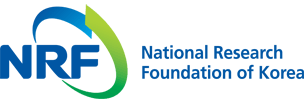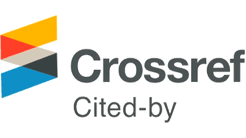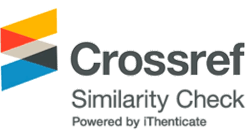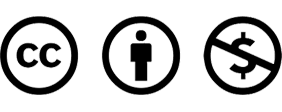-
Research Article

-
Research on Recommendations for Policy Improvement through Performance Analysis of The Mandatory Renewable Energy Facility Installation System for Public Institutions
공공기관 신재생에너지설비 설치의무화제도 성과분석을 통한 정책 개선 연구
-
Ji-won Seo, Su jin Kim, Sung hoon Kim
서지원, 김수진, 김성훈
- This study examined the Mandatory Renewable Energy Facility Installation System for public institutions in South Korea, focusing on its implementation status, challenges, …
- This study examined the Mandatory Renewable Energy Facility Installation System for public institutions in South Korea, focusing on its implementation status, challenges, and policy implications. Utilizing data from 6,469 installations collected by the Korea Energy Agency’s New and Renewable Energy Center, complemented by surveys, on-site investigations, and in-depth interviews, this research evaluated overall performance and proposed strategic improvements. The analysis revealed that, while solar photovoltaic (71.0%) and geothermal systems (22.3%) dominate installations, certain technologies, particularly fuel cells, experience a high rate of operational discontinuance due to economic constraints, limited technical expertise, and inadequate maintenance frameworks. To address these issues, this study recommends: (1) clarifying eligibility criteria and specifying which institutions are subject to the mandate; (2) integrating mandatory real-time monitoring via the Renewable Energy Management System; (3) strengthening institutional support through maintenance subsidies, incentive–penalty schemes, and performance-based assessment; and (4) strengthening the role of local governments and enhancing coordination with central government. Together, these measures seek to ensure sustained operational effectiveness of public sector renewable energy facilities, advancing South Korea’s carbon neutrality goals and the transition towards cleaner energy. - COLLAPSE
-
Research on Recommendations for Policy Improvement through Performance Analysis of The Mandatory Renewable Energy Facility Installation System for Public Institutions
-
Research Article
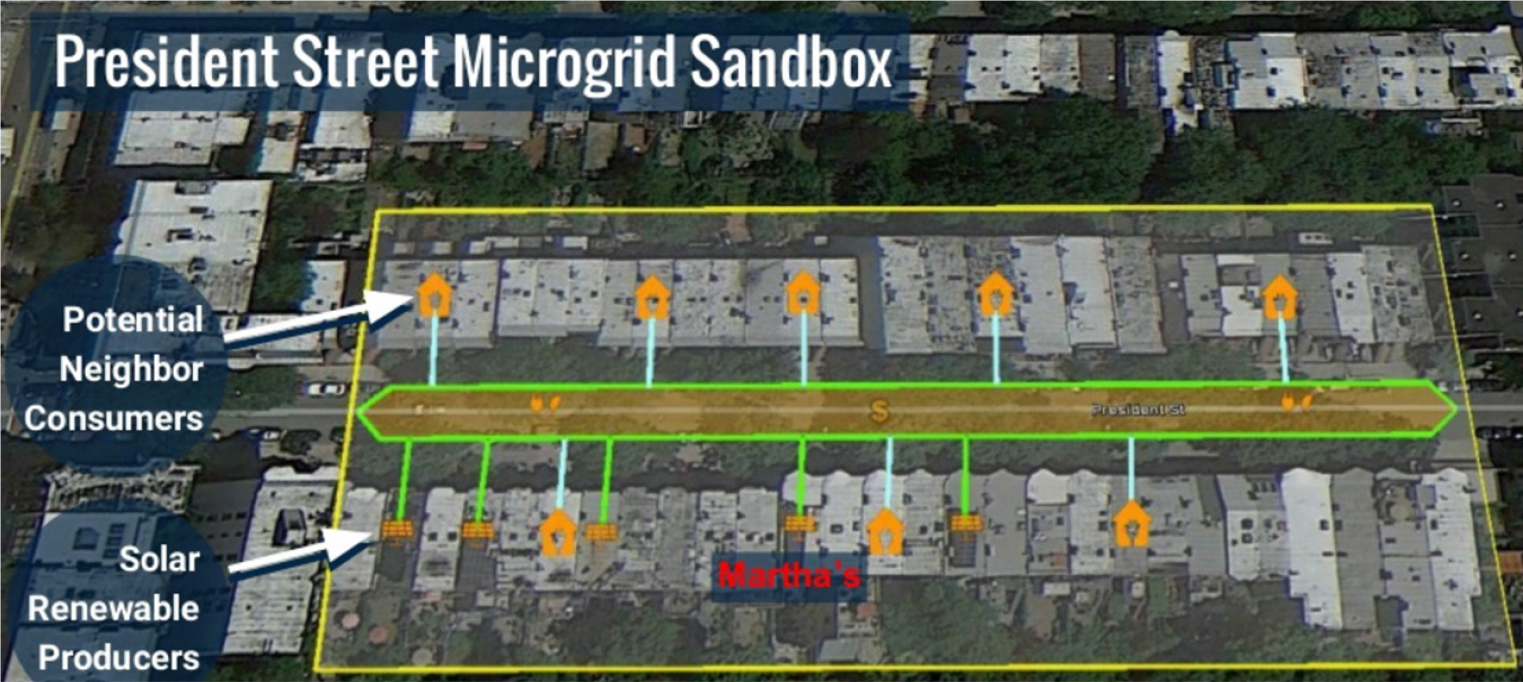
-
Reliability and Performance Verification of a Blockchain-Based Direct Power Trading Platform
블록체인 기반 직접 전력거래 플랫폼(BTS)의 신뢰성 및 성능 검증
-
Jinwon Yoon, Jinyoung Hyun, Hansol Lee, Jaewon Lee, Byunghoon Chang, Sungmin Woo
윤진원, 현진영, 이한솔, 이재원, 장병훈, 우성민
- Energy transition has become a global trend, with renewable energy being actively developed as a key strategy for achieving carbon neutrality. As …
- Energy transition has become a global trend, with renewable energy being actively developed as a key strategy for achieving carbon neutrality. As interest in renewable energy grows, innovative technologies are emerging in the electric power industry. Small-scale distributed power-generation companies are gaining traction to increase the share of renewable energy. Even when small-scale power generation companies generate electricity, selling it remains a challenge. In this study, we developed a blockchain-based power-trading platform to support small-scale solar power generation companies. The platform was tested through simulations, confirming its reliability and performance. This blockchain-based power-trading platform is expected to play an important role in promoting the decentralization of the power market and energy transition through neighbor-to-neighbor transactions among energy prosumers. - COLLAPSE
-
Reliability and Performance Verification of a Blockchain-Based Direct Power Trading Platform
-
Research Article
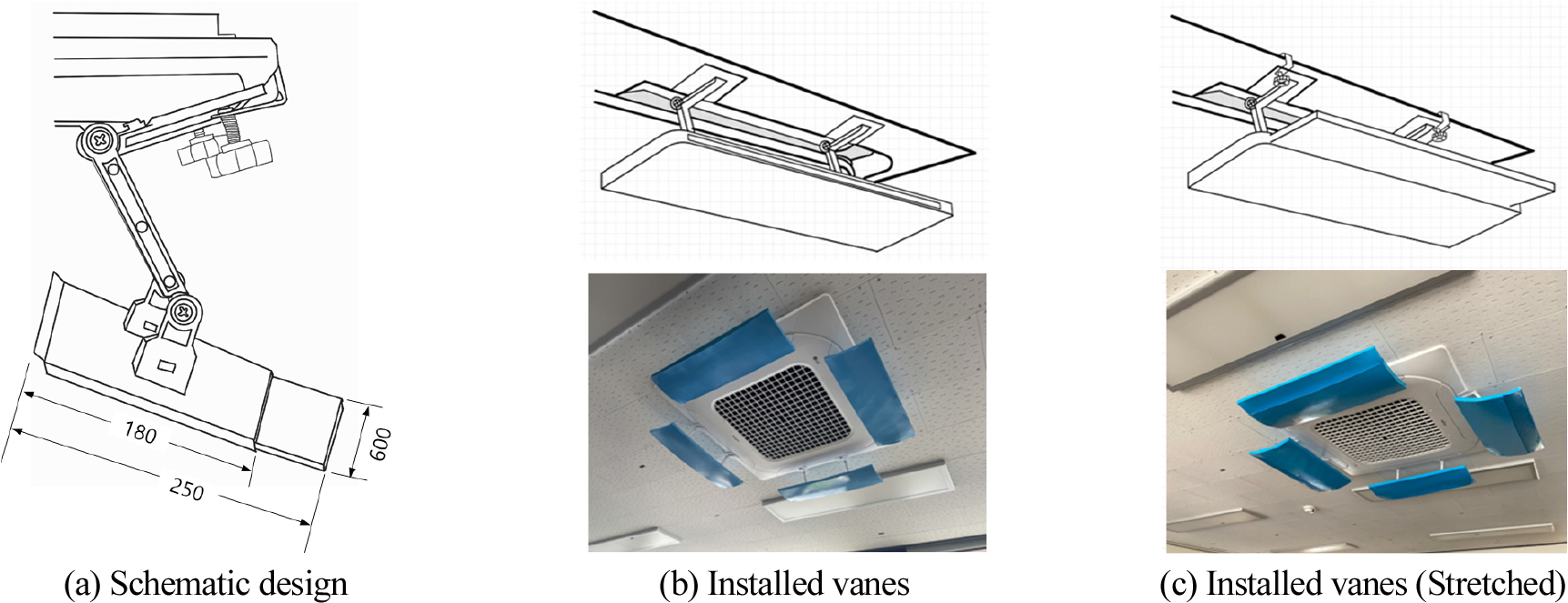
-
Evaluation of Air Diffusion Performance and Thermal Environment by Additional Vanes of Ceiling-mounted Air Conditioner
천장형 에어컨의 베인 추가 설치에 의한 실내 기류 확산성능 및 열환경 평가
-
Kyu-Nam Rhee
이규남
- Ceiling-mounted air conditioners often cause thermal discomfort when the discharged cold air descends directly to the occupied zone, generating a cold draught …
- Ceiling-mounted air conditioners often cause thermal discomfort when the discharged cold air descends directly to the occupied zone, generating a cold draught for occupants. To prevent the local discomfort, guide vanes are commonly installed to deflect the air flow from the ceiling-mounted air conditioner; however, the effect of additional vanes on the air diffusion performance and thermal environment has not been investigated in previous studies. In this study, a length-adjustable vane was developed to adjust the air flow passing through the vane. The impacts of the vane on the air diffusion performance and thermal environment were evaluated in a university lecture room located in the Busan region. The field test results showed that the vane was effective in reducing the air velocity and elevating the air temperature in the occupied zone, whereas the stretched vane was ineffective in mitigating the air velocity in the zone. The air diffusion performance index (ADPI) was not degraded by applying additional vanes. The application of the vanes resulted in the slight enhancement of ADPI from 79.6% to 80.4%, satisfying the ASHRAE standard for room air diffusion. In addition, the vanes were effective in achieving thermal comfort near the neutral state. The predicted mean vote (PMV) of the occupied zone met the thermal comfort category A or B of the ISO 7730 standard. The developed vanes effectively improved the air temperature and velocity distribution, ADPI, and PMV. Further study is suggested to investigate the impact of additional vanes under various cooling loads and operating conditions (e.g., supply air flow rate, temperature) of air conditioners. - COLLAPSE
-
Evaluation of Air Diffusion Performance and Thermal Environment by Additional Vanes of Ceiling-mounted Air Conditioner
-
Research Article

-
Study on Data Preprocessing Models for Development of Photovoltaic Module Fault Diagnosis Algorithm
태양광 모듈 고장 진단 알고리즘 개발을 위한 데이터 전처리 모델 연구
-
Jungmin Moon, Ju-Hee Kim, Minkook Kim, Myungwoo Son, Joon-Young Jeon, Wonwook Oh, Yong-Hyun Kim, Changheon Kim
문정민, 김주희, 김민국, 손명우, 전준영, 오원욱, 김용현, 김창헌
- With the global push for climate change mitigation and sustainable energy transition, photovoltaic (PV) systems have emerged as a leading renewable energy …
- With the global push for climate change mitigation and sustainable energy transition, photovoltaic (PV) systems have emerged as a leading renewable energy source. As of 2023, global PV installations reached a record 444 GW, with continued growth expected in both international and domestic markets. However, the widespread adoption of PV systems has highlighted the importance of efficient maintenance and fault diagnosis. Performance degradation and failures in PV modules can result from various factors, including environmental conditions, manufacturing defects, and operational stress, leading to reduced energy output and economic losses. To ensure accurate fault diagnosis, reliable preprocessing of time-series data, such as current, voltage, and power output, is essential. This study presents a preprocessing model that combines outlier removal and missing value imputation using methods such as interquartile range, standard deviation, K-nearest neighbor, and mean-based approaches. The effectiveness of each preprocessing combination was evaluated based on data reliability (accuracy), which was visualized through graphs and metrics. The proposed pipeline provides a robust foundation for developing intelligent fault diagnosis algorithms and enhances data integrity for further analysis. - COLLAPSE
-
Study on Data Preprocessing Models for Development of Photovoltaic Module Fault Diagnosis Algorithm
-
Research Article
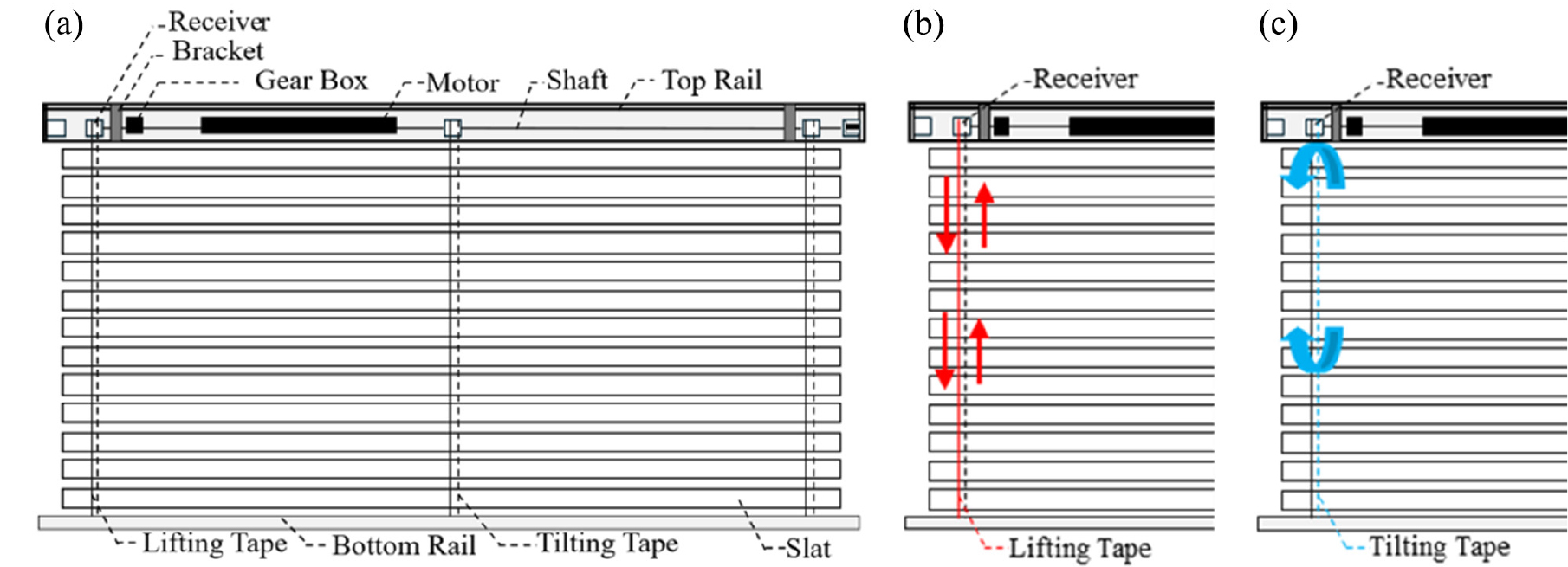
-
A Study on the Repeatability of Slat Control in Motorized Venetian Blinds
전동 베네시안 블라인드 슬랫 제어의 반복 정밀도에 관한 연구
-
Sung-Jin Kwon, Dong-Seok Lee
권성진, 이동석
- In this study, the slat angle accuracy of a motorized Venetian blind was quantitatively analyzed through repeated measurements in response to specified …
- In this study, the slat angle accuracy of a motorized Venetian blind was quantitatively analyzed through repeated measurements in response to specified control input values. Variations in slat angle were compared under forward, reverse, and alternating control conditions and analyzed using the overall dataset. Experimental results showed that the slat angle increased from 45.1° to 121.2° under forward rotation, from 42.6° to 118.4° under reverse rotation, and from 43.7° to 119.5° under alternating control. Across all measurements, the standard deviation was 11.4° at step 0 and decreased to 3.7° at step 12 as the control step increased. These findings confirm that the product maintains a certain level of control consistency, while highlighting the importance of accounting for slat control errors in practical applications. - COLLAPSE
-
A Study on the Repeatability of Slat Control in Motorized Venetian Blinds
-
Research Article
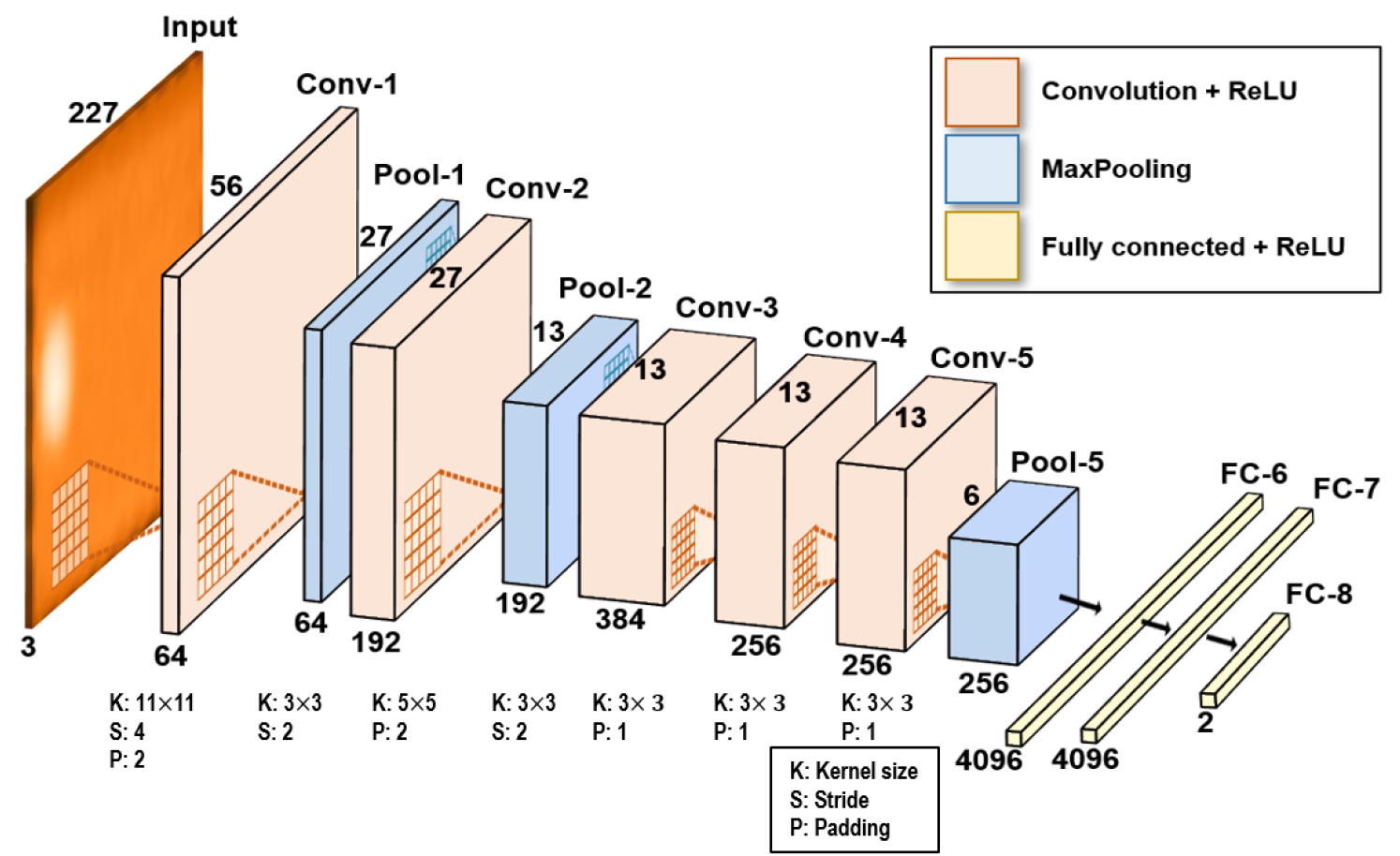
-
A Study on the Optimization of Fine-tuning and Dataset for Defect Detection Models in Photovoltaic Modules Images
태양광 모듈 이미지 결함 검출 모델의 미세 조정 및 데이터셋 최적화에 관한 연구
-
Taeyun Kim, Byung Chul Yeo
김태윤, 여병철
- Fault diagnosis of photovoltaic (PV) modules is essential for reliable solar energy generation. Previously, defects in solar modules were identified through manual …
- Fault diagnosis of photovoltaic (PV) modules is essential for reliable solar energy generation. Previously, defects in solar modules were identified through manual inspection of PV module images; however, these methods are inefficient and prone to errors. To address this issue, deep-learning-based approaches have been explored to automate defect diagnosis in solar modules. Nevertheless, there remains a lack of systematic analysis on how model structure optimization and dataset composition affect classification performance. This study investigates the effectiveness of layer-wise fine-tuning and dataset integration using image classification models retrained on infrared (IR) and electroluminescence (EL) images. Specifically, we compared three AlexNet-based training strategies: (1) retraining AlexNet from scratch using only IR images, (2) fine-tuning a model pretrained on general image datasets with IR images, and (3) fine-tuning a model pretrained on general image datasets using both IR and EL images. The results indicated that the best performance was achieved by freezing the first three convolutional layers during fine-tuning, with the AlexNet model fine-tuned on the IR dataset achieving the highest classification accuracy. These findings suggest that combining fine-tuned models with selective layer freezing and tailored datasets can effectively enhance the design of defect detection systems for photovoltaic module diagnostics. - COLLAPSE
-
A Study on the Optimization of Fine-tuning and Dataset for Defect Detection Models in Photovoltaic Modules Images
-
Research Article

-
Quantification of the Reflection Effect in Bifacial PV Modules for Canal-Based Applications Using Field Measurement Data
실측 데이터를 기반으로 한 수로 적합 양면형 태양광 모듈의 반사 효과 정량화 연구
-
Euihwan Ryu, Yongjun Lee, Seungjun Lee, Jinhee Kim, Sangduk Kim, Juntae Kim
류의환, 이용준, 이승준, 김진희, 김상덕, 김준태
- In this study, we investigated the characteristics of rear-side irradiance in bifacial photovoltaic (PV) modules installed in a canal-based PV system using …
- In this study, we investigated the characteristics of rear-side irradiance in bifacial photovoltaic (PV) modules installed in a canal-based PV system using long-term field measurements. Irradiance data were collected at one-minute intervals over one year and then classified into six irradiance intervals, revealing that the 50–1000 W/m2 range accounted for over 95% of the total sum of instantaneous irradiance. A directional analysis of the front-to-rear irradiance ratios identified two representative groups, northeast-west and south-horizontal, based on correlation. Correction factors for estimating the rear irradiance were derived by applying the bifaciality factor to each group. These coefficients can serve as effective input parameters for the performance prediction models of bifacial PV systems installed over canals. - COLLAPSE
-
Quantification of the Reflection Effect in Bifacial PV Modules for Canal-Based Applications Using Field Measurement Data
Journal Informaiton
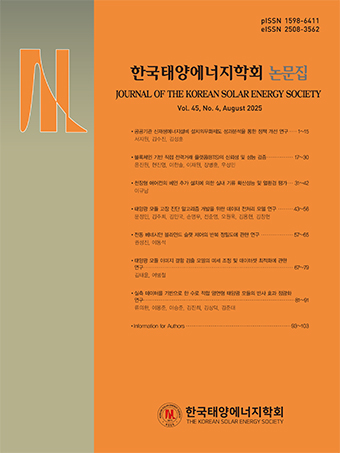 Journal of the Korean Solar Energy Society
Journal of the Korean Solar Energy Society
Journal Informaiton
Journal Informaiton - close
 Journal of the Korean Solar Energy Society
Journal of the Korean Solar Energy Society



